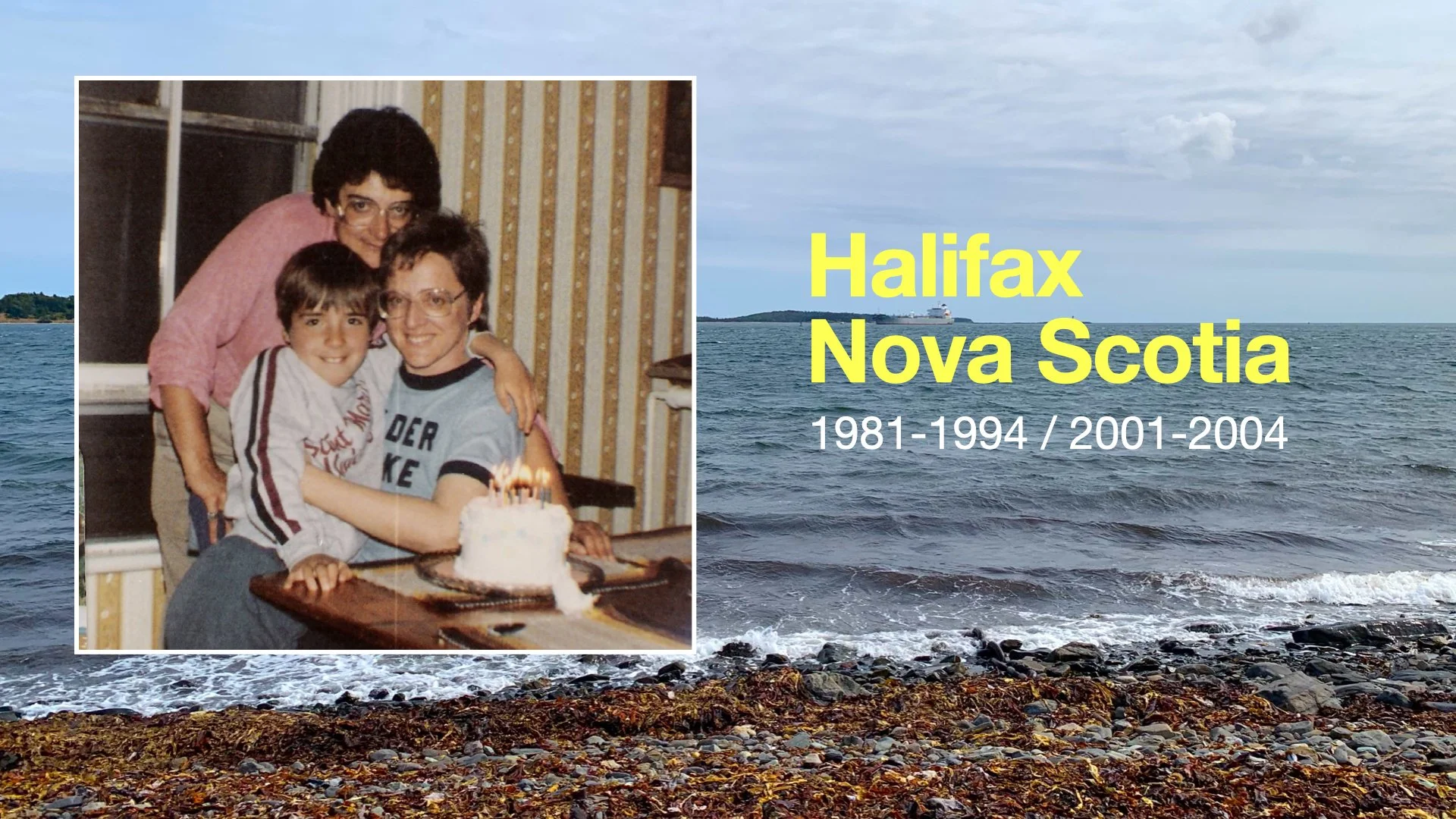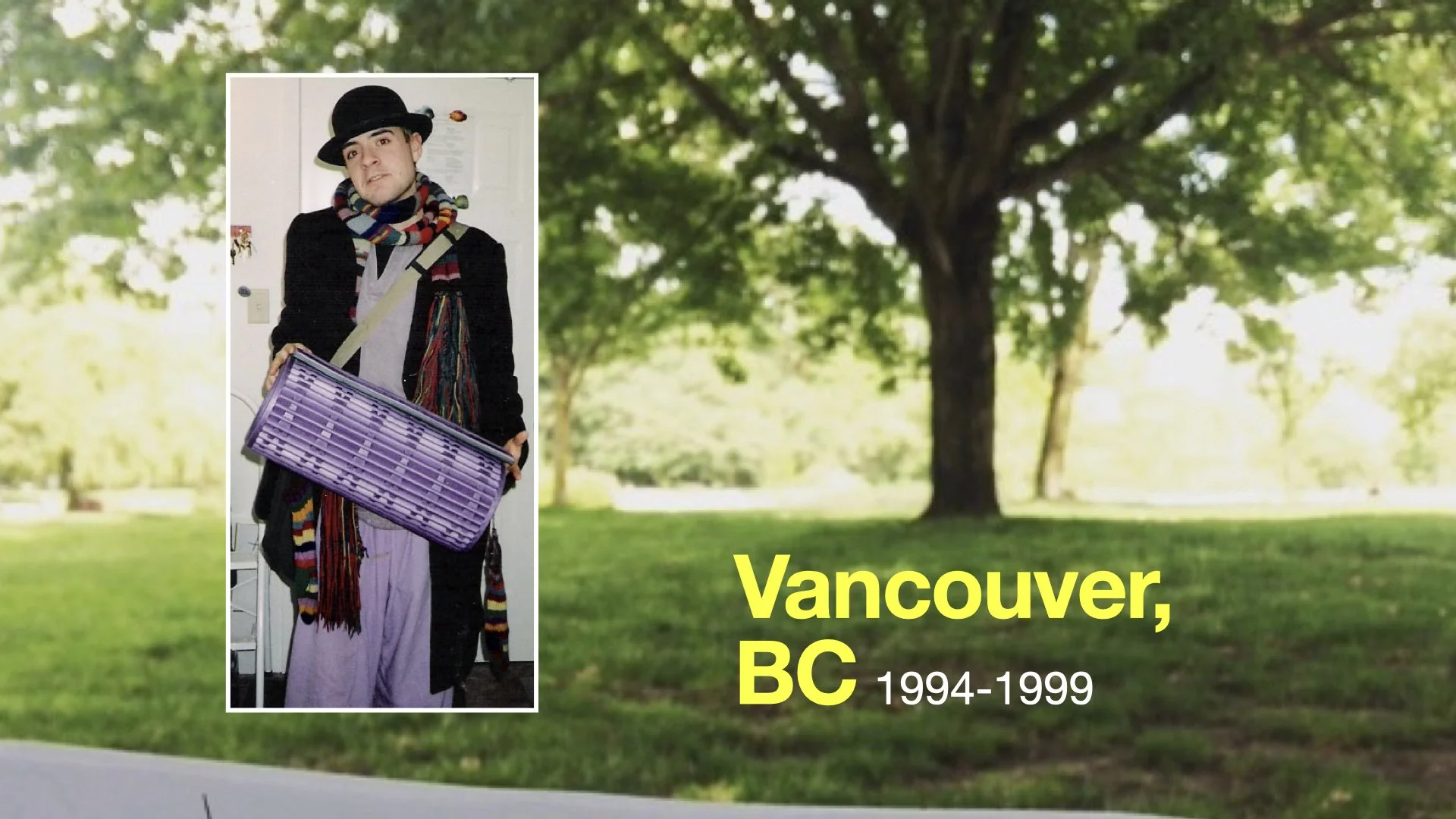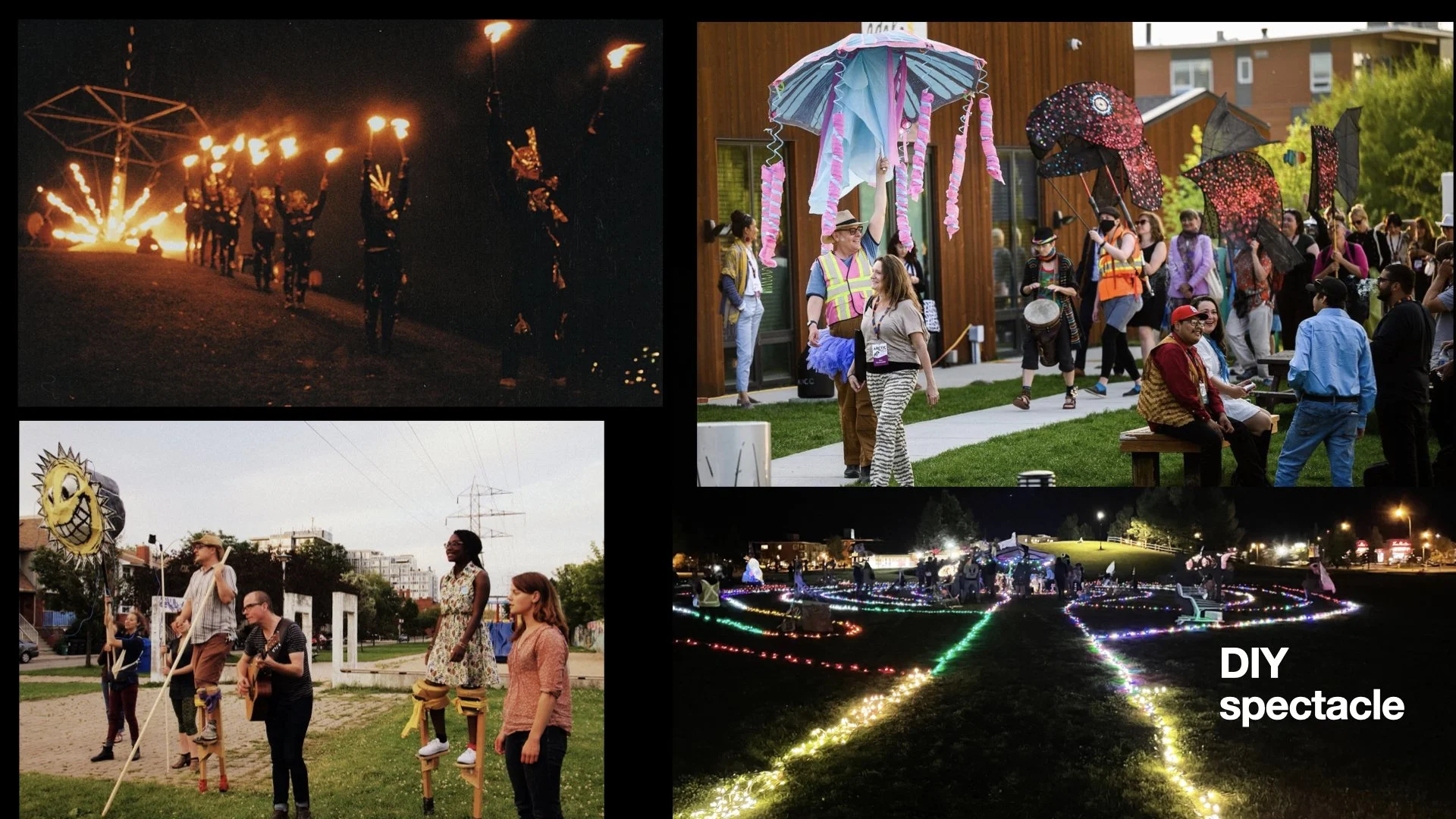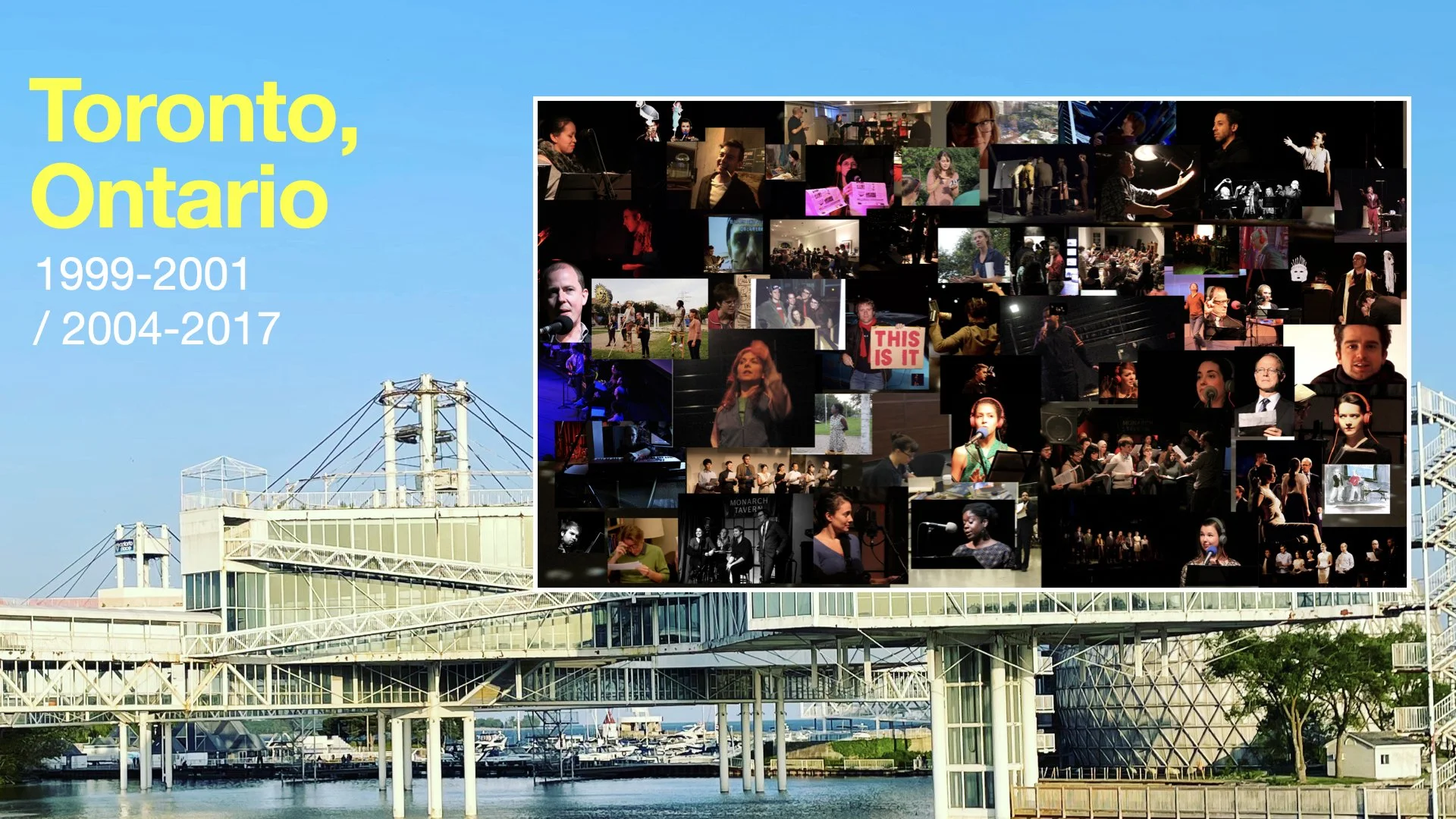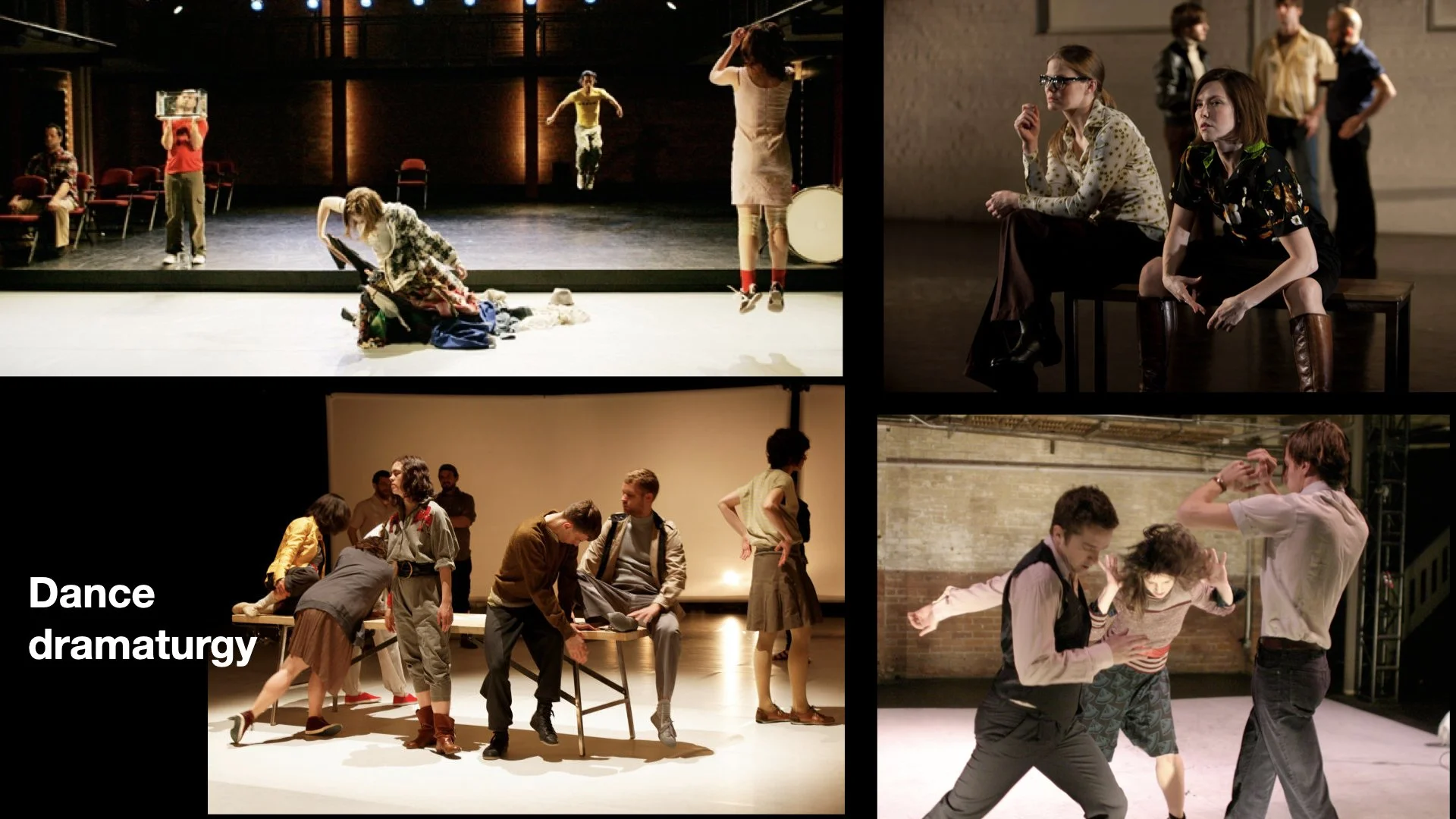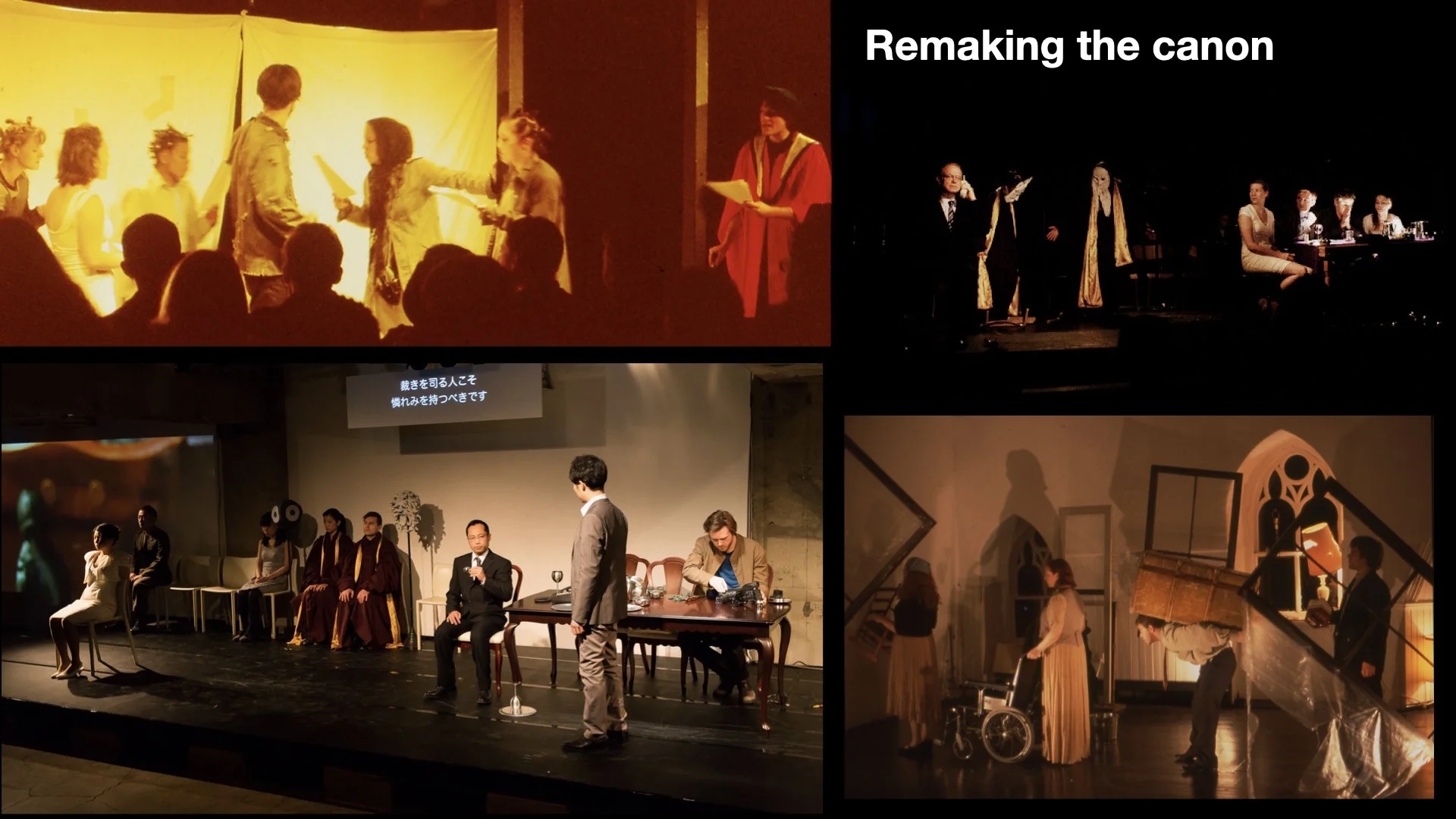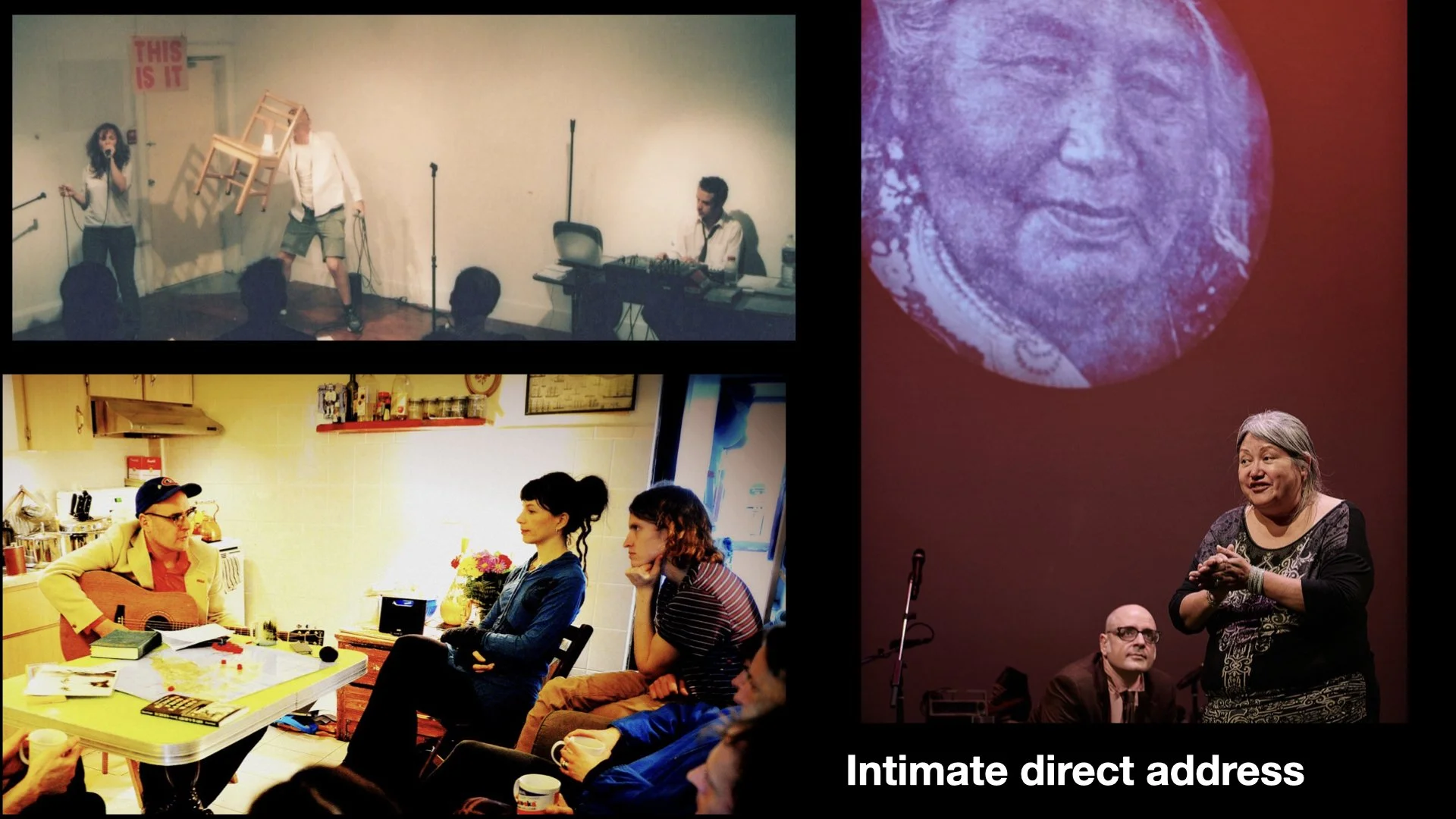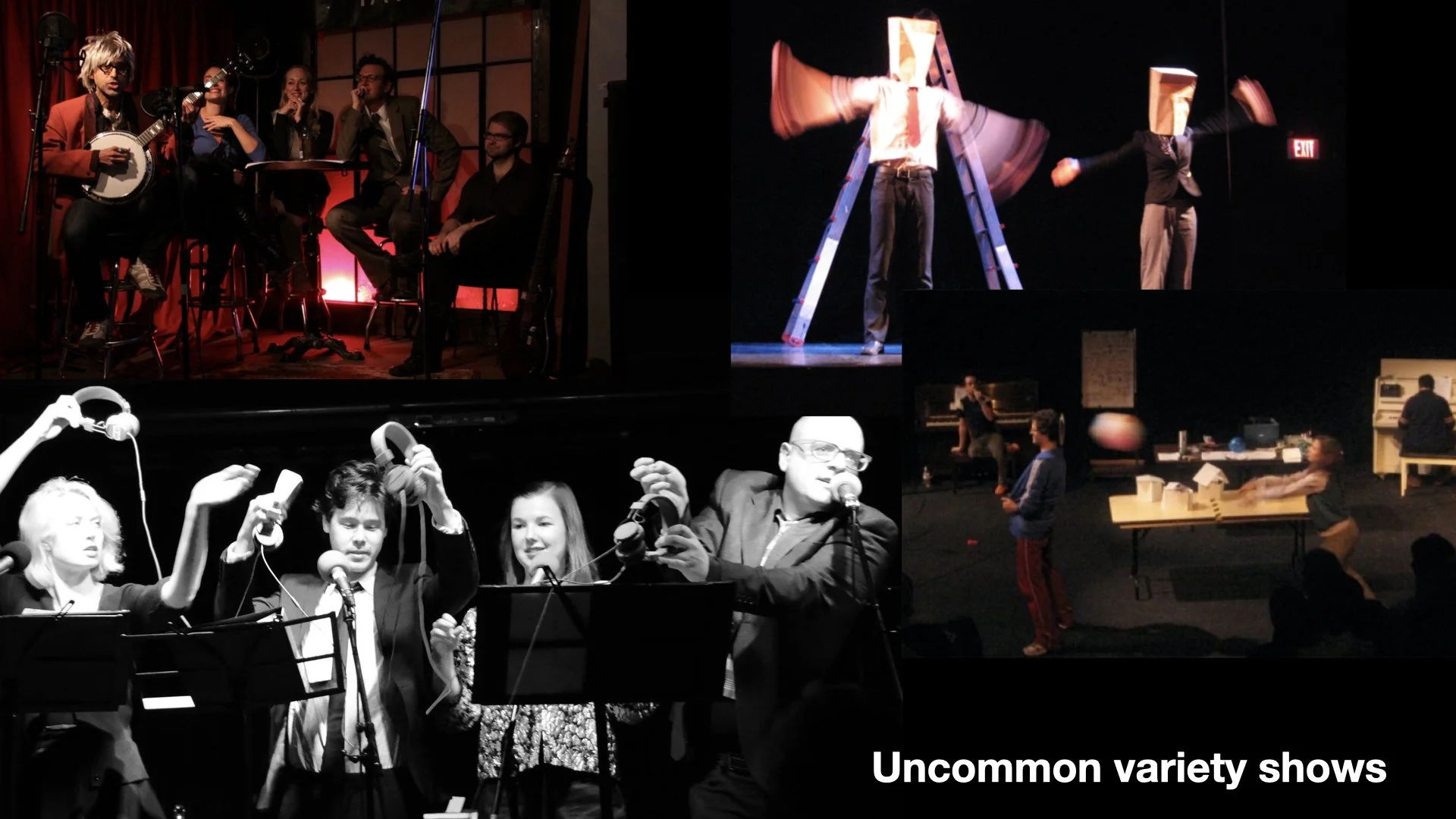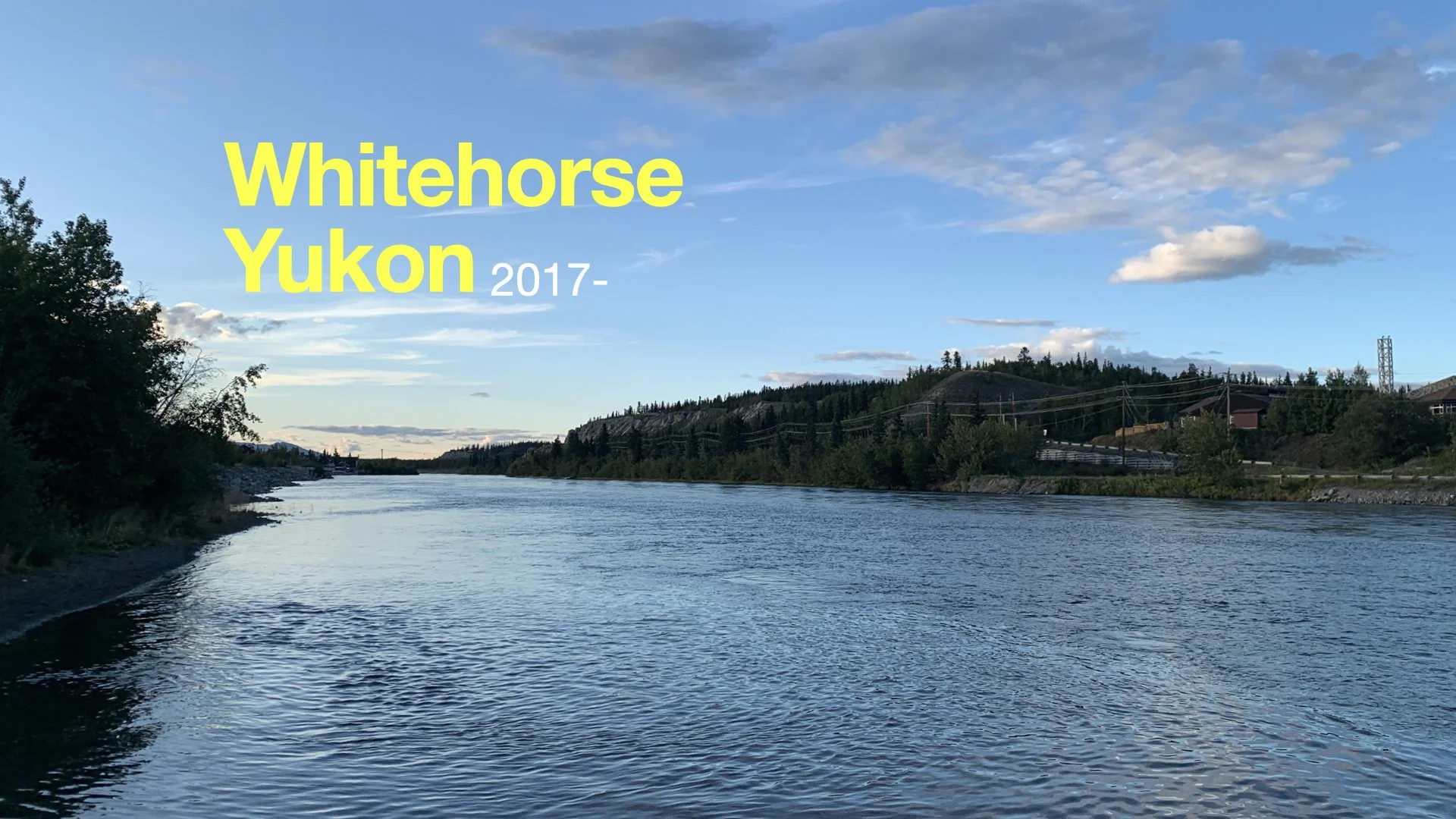A document of influence and desires for a theatre
Jacob Zimmer
This is a working document that started many years ago and get’s updated from time to time to remain mostly true.
Influences go so many ways – with grave anxiety and giddy delight.
The early years in Cape Breton - making up stories with friends; back-to-the-land parents; omnipresent CBC; adults talking seriously, while laughing. I learned a sense of freedom, play and consequent choices that remains. In Halifax, the political theatre of protests – feminist, pride and anti-war – shaped the basic ethics with which I approach potential subject matter and the collaborative process. And always, also, I loved the Chicago Bears and role playing games – improvised collaborative narratives that rely on a set structure, human effort and chance operations.
As audience, I loved the romantic theatre: Les Miserable, Cyrano, Phantom. Epic and and passionate, it was something larger than myself and my world. My interest in scale and history hasn't changed.
High school, the AIDS crisis, computers and the beginning of the internet, CODCO, Monty Python and Twin Peaks. Collisions of pop culture, comedy and connections. Watching Jest in Time Theatre and Irondale Theatre Ensemble – groups of people working together: physical, funny and political.
In Vancouver with I interned at Public Dreams - pyro, stilts, torches, giant puppets and body paint. 10,000 people around a lake or in the desert. Brecht in the Park. Community spectacle and plays with fireworks.
Top: Winter Solstice (1996, Vancouver); Arctic Arts Summit (2022, Whitehorse) BOTTOM: Summer Spectacular (2015, Toronto) Wondercrawl (2022, Whitehorse)
Brecht returns often -- these days I think about the “sporting audience” and “The only extravagance of the epic theatre is the amount of laughter.” (Benjamin of Brecht in Author as Producer)
At Simon Fraser University School for the Contemporary Arts, I learned to practice with Penelope Stella, DD Kugler, Marc Diamond, Peter Froehlich and Mallory Catlett. I learned about ethics and ensemble. I worked as a technician, a designer and sometimes a dancer. I learned that making work was the best way to learn about making work.
Everyone I've worked with taught me everything. A failed collective, sabotage group, birthed the led-collaboration of Small Wooden Shoe. How we produce matters; who we hang out with matters; there are always options.
A trip to New York for the Wooster Group and Anne Bogart’s SITI Company. Rigour, a focused room and disagreeing with my heroes. In Montreal I met choreographer Ame Henderson - and through her, conceptual dance and contemporary European live art and “post-dramatic” theatre.
TOP: It’s a Matter of Time (2008, Dancemakers); Story Dance Radio (2011, Dancemakers) BOTTOM: relay (2010, Public Recordings); Dance/Songs (2006, Public Recordings)
TOP: Wasteland (1994, SFU); Antigone Dead People (2011, Toronto) BOTTOM: Antigone Dead People (2016, Tokyo); The Orchard (2001, Halifax)
In the past decade John McGrath’s A Good Night Out, and with the thought “A populism I can stand behind” shape my understanding of all my influences.
And always an interest in scale. Oceans, musicals, sports, ideas.
LEFT: Perhaps in a Hundred Years (Toronto, 2005); Sedition (Toronto, 2013) RIGHT: 99 Stories Not About Gold (Whitehorse, 2021)
My shows have been large, but, due to resources and experience, the rooms were, for many years, small. I was able, through the influences and with collaborators, to develop processes and values.
TOP: The Fun Palace Radio Variety Show (2015); Connect the Dots (2006) BOTTOM: The Fun Palace Radio Variety Show (2016); Do You Have Any Idea How Fast You Are Going? (2005)
We worked on presence and vulnerability; thinking on stage and being able to hold complex thoughts loosely - moving between and dropping them as needed. We worked on a released, aware body that shared the room with the audience and each other. We tried to create and model a way of being in the world.
As a director, I learned to take the given circumstance and create a world with generosity. I cared for transitions and stage pictures deeply, but that craft was never highlighted. Language was important, scripts less so.
Now I turn to how these performance states, these values and relationships co-exist with scale. How to reconcile the subtlety, nuance, presence and language with breadth, distance and scale.
While I continue to find strategies to extend and renew processes, I want to build my capacity with directing at scale and in relationship with larger theatres. I want to develop my skills working with text and actors -- being able to articulate and share my desires while listening to theirs and developing productions together. I want to be able to better imagine in the rehearsal hall, better plan with the designers.
I want to prove that good ideas are entertaining, that pleasure and critique require each other and that the potential of theatre is too serious not to be laughed at.

